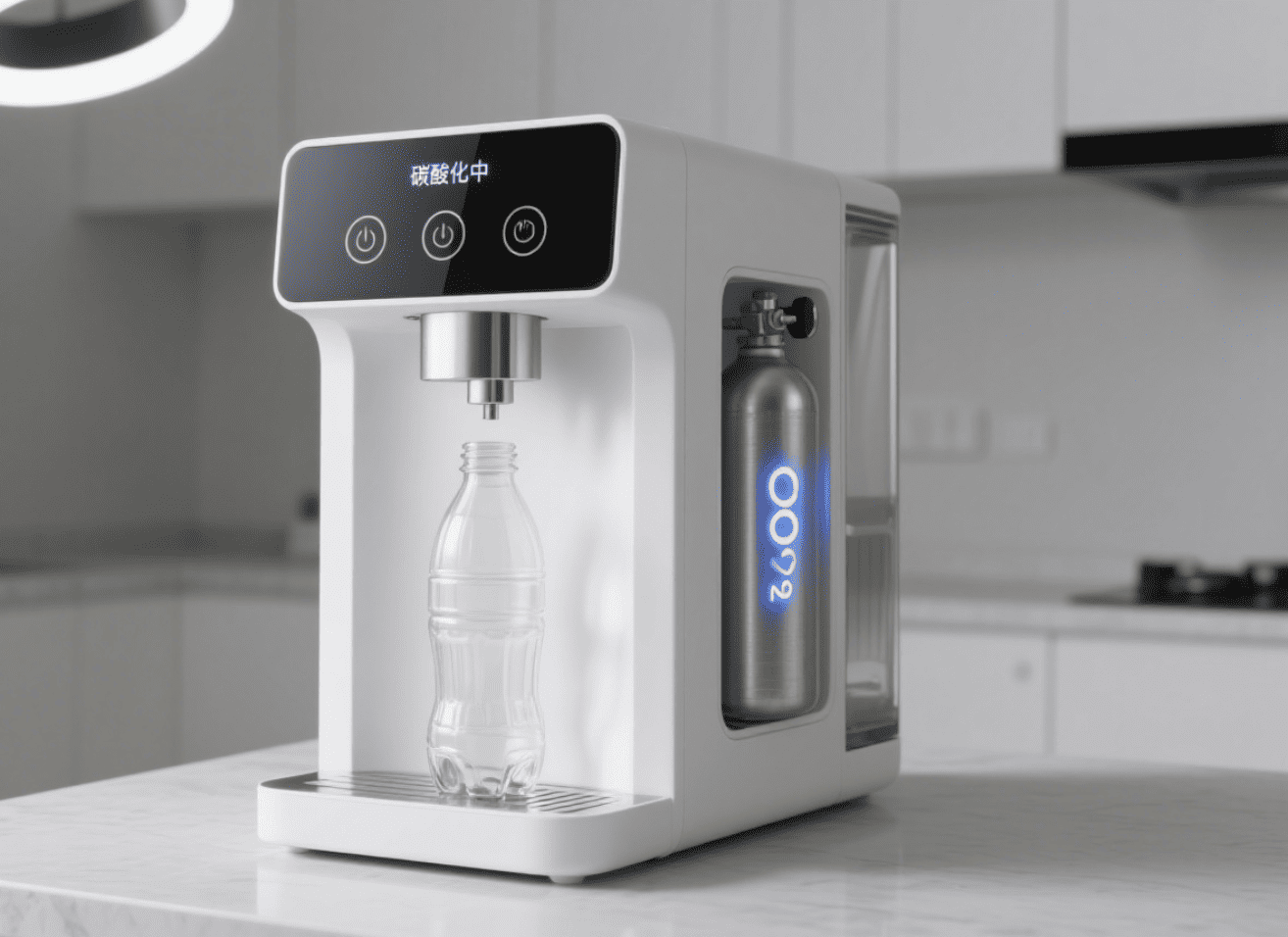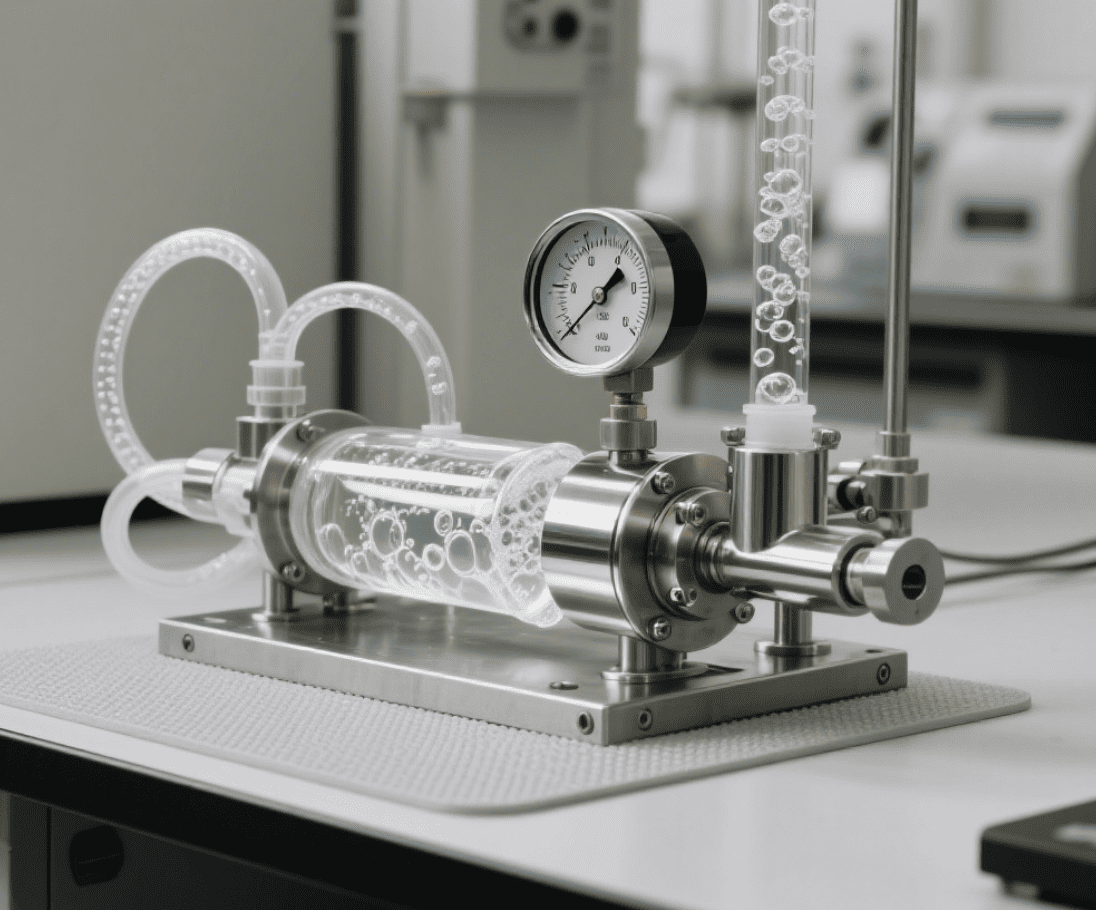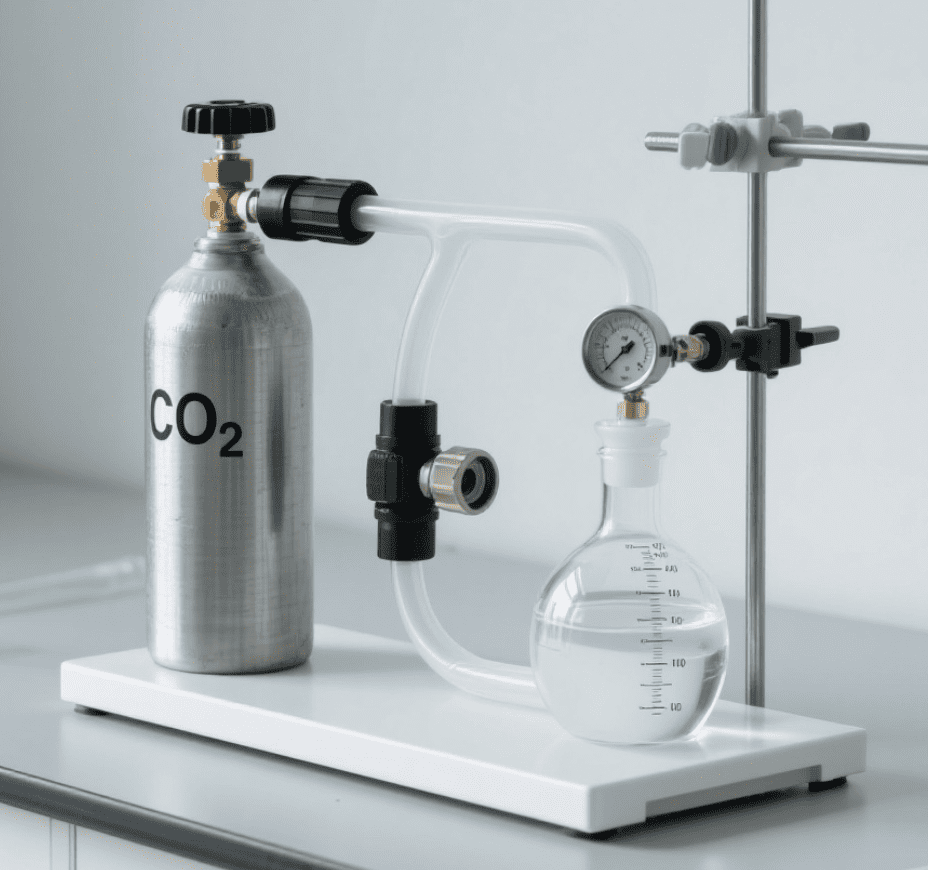How Do CO₂ Tire Inflators Compare to Traditional Air Pumps?
Maintaining the correct tire pressure is essential for ensuring your safety on the road, optimizing fuel efficiency, and extending the lifespan of your tires. Yet, when it comes time to inflate your tires, a question arises: should you opt for a CO2 tire inflator or rely on a traditional air pump? This article explores the distinctions, benefits, and possible disadvantages associated with each option, helping you make an informed decision.
Understanding CO2 Tire Inflators
CO2 tire inflators, also referred to as carbon dioxide tire inflators, are compact devices that utilize CO2 canisters to rapidly inflate tires. Although originally favored by cyclists for their portability, they are now gaining traction among car drivers for their convenience and efficiency in various situations.
1. Portability: One of the standout benefits of CO2 tire inflators is their portability. Their compact and lightweight design makes them easy to store in your vehicle, ensuring that you can inflate your tires wherever you are. This feature is particularly useful for adventurers who travel to remote areas where access to a power source is limited or nonexistent.
2. Speed: Speed is another significant advantage of CO2 tire inflators. Unlike traditional pumps that can take several minutes to inflate a tire, CO2 inflators can accomplish this task in mere seconds. This rapid inflation is not just a matter of convenience; it can be crucial during emergencies, such as a sudden flat tire in an unsafe location.
3. Ease of Use: CO2 tire inflators are designed for simplicity. With just a few steps, you can attach the CO2 canister to the tire valve, and the tire inflates swiftly. A good example is the PopularGas.This user-friendly aspect is particularly advantageous for individuals who may not be mechanically inclined, providing peace of mind in stressful situations.
4. No Electricity Required: Operating solely on CO2 canisters, these inflators eliminate the need for an electrical power source.This makes them an excellent choice for use in remote areas or during power outages, ensuring that you can always maintain proper tire pressure regardless of your location.
Traditional Air Pumps
Traditional air pumps, available in both manual and electric versions, have been a staple in tire maintenance for decades. Their reliability and versatility make them a popular choice for both personal and professional use, providing a tried-and-true method of inflating tires.
1. Portability: Despite their convenience, electric air pumps are not as portable as CO2 tire inflators. Their size and the need for a power source can limit their use in remote locations or during travel.
2. Time-Consuming: Inflating a tire with a traditional pump often requires a significant amount of time. In emergency situations where every second counts, the longer inflation time can be a drawback, potentially leading to frustration or increased risk.
3. Manual Effort: Manual air pumps, while effective, require physical effort to operate. This can be a disadvantage for some users, particularly those who may have physical limitations or prefer a more effortless solution.
Comparing the Two
When comparing CO2 tire inflators and traditional air pumps, the choice largely depends on the specific needs, preferences, and circumstances of the user. Each option offers distinct benefits and drawbacks that should be considered in relation to the user's lifestyle and priorities.
Convenience and Speed
For individuals who place a premium on convenience and speed, especially in urgent situations, CO2 tire inflators may be the superior choice. Their rapid inflation capability can be invaluable when time is of the essence, providing a quick and efficient solution without reliance on external power sources.
Cost and Frequency of Use
Conversely, if cost is a primary concern and tire inflation is a frequent necessity, traditional air pumps may be more economical. The absence of ongoing expenses for canisters makes them a budget-friendly option over time, particularly for those who regularly maintain their tire pressure.
Choosing the Best Option for You
Selecting between a CO2 tire inflator and a traditional air pump ultimately depends on your unique circumstances and priorities. Consider the following scenarios to guide your decision:
· Frequent Travelers: If you frequently travel, especially to remote or off-the-grid locations, a CO2 tire inflator's portability and independence from electricity could prove highly advantageous, ensuring you're always prepared for tire maintenance.
· Occasional Users: For those who infrequently need to inflate tires, investing in a high-quality traditional pump might be a more cost-effective solution. This option offers durability and reliability without the recurring costs associated with CO2 canister.
· Environmental Concerns: If reducing environmental impact is a priority for you, a traditional air pump may better align with your values. The ability to repeatedly use the same device without generating waste from disposable canisters can be a significant advantage for eco-conscious individuals.The CO2 cylinders we provide are very environmentally friendly
Conclusion
Both CO2 tire inflators and traditional air pumps play valuable roles in tire maintenance. By carefully weighing the pros and cons of each, you can make an informed decision that best suits your lifestyle and specific needs. Consider the frequency of use, budgetary constraints, and environmental priorities when making your choice. With the appropriate tool at your disposal, you can ensure your tires are always at the optimal pressure, safeguarding your safety and enhancing your driving experience on the road.
 Innovative Features of Modern
Innovative Features of Modern
 The Science Behind Carbonated
The Science Behind Carbonated
 How to Care for Carbonated Sod
How to Care for Carbonated Sod
 The Evolution of Carbonated So
The Evolution of Carbonated So
